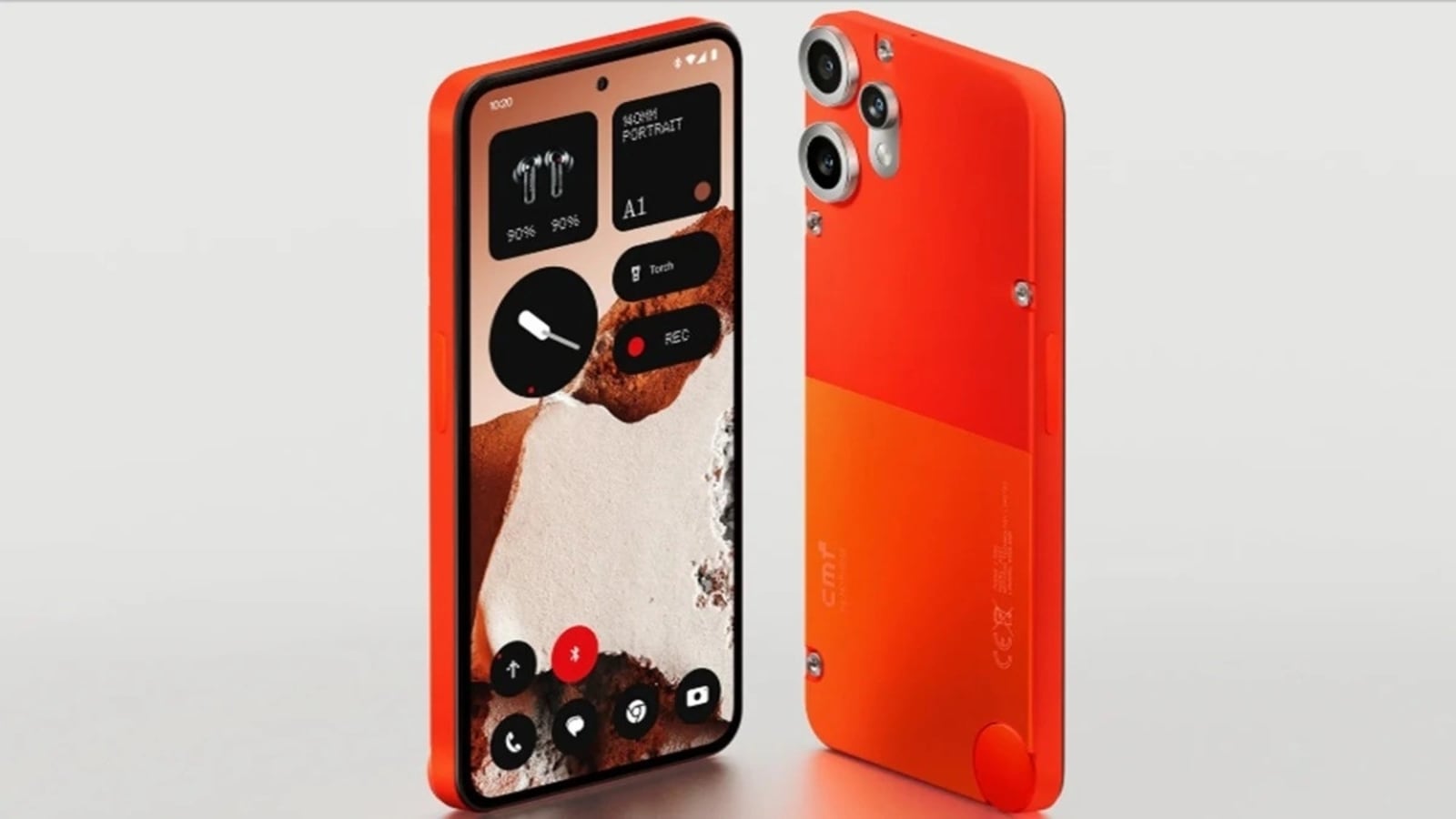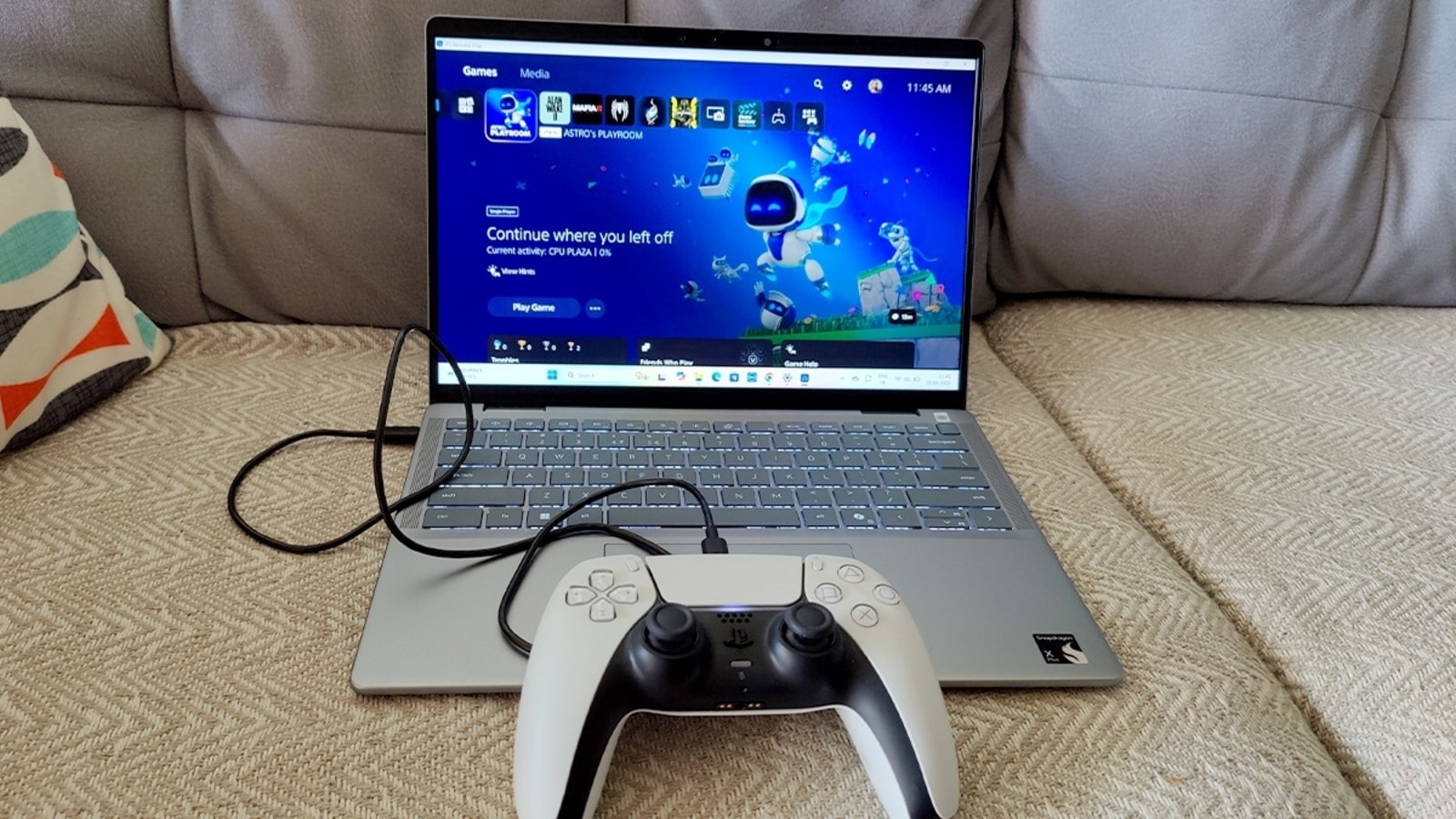The Reserve Bank of India (RBI) has introduced new transaction limits for UPI Lite Wallet and UPI 123Pay, a significant step toward enhancing digital payment systems in India. RBI Governor Shaktikanta Das shared these updates during the monetary policy statement on Wednesday. He emphasised the impact of Unified Payments Interface (UPI) on transforming the financial landscape of India by increasing accessibility and fostering innovation.
RBI has decided to implement the following changes:
1. The per transaction limit for UPI 123Pay will increase from Rs. 5,000 to Rs. 10,000.
2. The UPI Lite wallet limit will rise from Rs. 2,000 to Rs. 5,000, while the per transaction limit will increase from Rs. 500 to Rs. 1,000.
Also read: Telegram rolls out phone number verification feature: Here’s how it works
Das stated that these changes aim to encourage greater adoption of UPI and to make it more inclusive for all users. He also proposed a new feature that allows remitters to verify the name of the account holder before completing a transfer through the Real Time Gross Settlement System (RTGS) and the National Electronic Funds Transfer (NEFT) system. This proposal seeks to reduce errors and fraud in the payment process by ensuring that the funds reach the correct recipient.
Also read: Apple TV+ partners up with Amazon Prime Video to expand streaming access for subscribers- Details
What are UPI Lite Wallet and UPI 123Pay
UPI Lite Wallet simplifies UPI transactions, enabling users to make payments without needing to enter their UPI PIN for amounts up to Rs. 500. The new limit will allow transactions up to Rs. 1,000 in the future, streamlining the payment process.
To use UPI Lite, users must first fund their UPI Lite wallet. The previous maximum amount for this funding was Rs. 2,000; however, it has now increased to Rs. 5,000, allowing users greater flexibility for managing their transactions.
Also read: X introduces new payment model to drive premium user engagement and creator revenue
UPI 123Pay serves as an innovative solution for feature phone users, providing four different methods to facilitate UPI payments:
1. Pre-defined Interactive Voice Response (IVR) number
2. Missed call payment method
3. OEM-enabled payment systems
4. Sound-based payment technology
These options ensure that users without smartphones or internet access can still participate in the digital economy, enhancing inclusivity and convenience for a broader audience. The changes reflect a commitment to improving financial services and encouraging a cashless economy in India.







